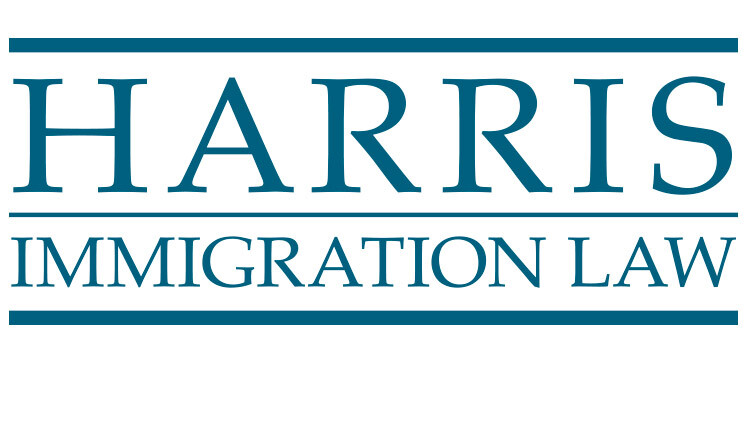Employment-based immmigration benefits
There are two basic types of employment-based benefits: non-immigrant visas and lawful permanent resident status, or “green card” status.
Non-immigrant visas
Non-immigrant visas are a type of status that affords permission for a foreign national to live and work in the United States for a limited, temporary period of time. With some visas, that temporary period can be an initial stay of up to 5 years, renewable indefinitely. At the other extreme, the stay may only be granted for 6 months.
There almost as many non-immigrant visas as there are letters of the alphabet. Our job is to help you select the right one for the employment relationship at hand, based on your goals, budget and time-line. Here is a brief overview of employment-based visas that we handle most routinely:
H-1B: This is a visa for professionals who are being offered a specialty occupation position. The offered position must be offered at a wage that is above a minimum, prevailing wage established by the Department of Labor, and the position must normally require a bachelor’s degree or higher in a related field. This is the most common visa for professionals within the United States.
A note about the H-1B “cap”
E-3: This is a visa for professionals who are citizens of Australia. It has the same eligibility requirements as the H-1B, but is not subject to an annual limit. Unlike the H-1B, the E-3 visa requires that an employee show ties to the home country and a lack of intent to permanently immigrate to the U.S.
TN: This is a visa for Mexican and Canadian citizens. The citizens must be members of a profession listed in appendices to the NAFTA Treaty. The list can be found with relevant excerpt of USCIS TN regulations on our resources page.
J-1: This is a visa with many different sub-types. The J visa is not primarily utilized for employment per se, but rather training and exchange. The most common J-1 visas are for physicians pursuing graduate medical education such as residency or fellowship, interns and trainees pursuing training plans with a host company in the U.S., and researcher/scholars. The J-1 is also an option for authorized au pair programs and certain summer work/travel programs.
L-1: This is a visa for intra-company transferees who are managers or executives or who have specialized knowledge positions. To qualify, an individual must have been employed abroad at an entity that has a qualifying corporate relationship to the U.S. entity offering the position.
E-1/E-2: These visas, known as the treaty trader/treaty investor visas are only available to nationals of countries with whom the United States has a qualifying treaty. The nationality of the foreign national employee must correspond with the nationality of the qualifying or trade.
Lawful Permanent Residence, or “Green Card” Status
Employment can serve as the basis for lawful permanent residence status, or a “green card”, to permit an individual to live and work in the United States on a permanent basis.
The most typical path for an employment-based green card is the labor certification application, or “PERM” process. This path involves a test of the U.S. labor market and an initial filing with the U.S. Department of Labor. The initial filing date is called the “priority date”, which sets the place in the green card line. Upon certification by the Department of Labor, the case is filed with USCIS. The number of months or years involved in the process depends upon a person’s country of birth and the requirements of the position offered. For a position that requires a bachelor’s degree as a minimum, the preference category is called “EB-3”. For a position that requires either a Master’s degree or a Bachelor’s degree followed by five years of progressively responsible experience, the preference category is called “EB-2”. You may consult the visa bulletin, a monthly publication of the U.S. Department of State, to obtain a sense of the length of the line based upon preference category and country of birth. A link to the visa bulletin is available on our resources page.
Another, increasingly popular path for an employment-based green card is the EB-5 visa, also called the “employment creation visa” or “investor visa”. This category requires an applicant to invest at least $1,000,000 in a new commercial enterprise in the U.S., or, in certain instances, $500,000. The EB-5 path has a two-step process. In the first step, the investor applies for a two-year conditional lawful permanent resident status. In the second step, the investor files a petition to remove the conditions to lawful permanent resident status in the last three months of his or her initial 2-year period. If successful at the second phase, the investor then becomes a full-fledged lawful permanent resident or “green card holder”.
As with other categories, the availability of the EB-5 visa is announced monthly in the U.S. State Department visa bulletin. A link to the visa bulletin is available on our resources page.
A note about the H-1B “cap”
First -time H-1B visas for private sector employees are subject to an annual limit or “cap”. In calendar years 2013, 2014, and 2015 the cap was exceeded in the first week of filing and all first-time H-1Bs participated in a lottery to determine which cases would be reviewed. H-1B employees who have previously been “counted against the cap” may be hired at any time. Most H-1B employees in the United States have already been counted against the cap, and therefore are not subject to this limit. Immigration will begin accepting applications for next year’s first-time private-sector H-1B applications on April 1, 2016. If this option is a possibility for you, we recommend finalizing prospective employment details and engaging immigration counsel prior to February 15, 2016.
